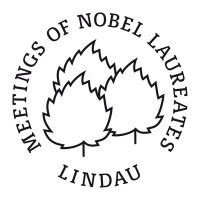 An inspiration from the birth of aviation
An inspiration from the birth of aviationA few weeks ago I visited the small coastal town of Kitty Hawk in North Carolina. Kitty Hawk is where the Wright brothers made their epoch-making first powered flight. Big stones mark the start and end points of the flight. There is a huge monument on top of a hill where they took off and then there are three stones at varying distances at ground level. The three stones indicate the distances covered on every flight; the brothers clearly got better at flying on every attempt.
The Wright brothers' story is inspiring not only because of the watershed in human history which they orchestrated but also because it shows the evolution of a technology at its best. The projects which the brothers undertook cost a few hundred dollars and should serve as a beacon of inspiration in this era of "big science" involving hundreds of millions of dollars. The brothers had a bicycle workshop in which they fashioned many of the components of their infant gliders. They drew inspiration from Otto Lillienthal who had been the first aviation pioneer to make successful glided flights; tragically, Lillienthal was killed on one of his flights, but not before saying "Kleine Opfer müssen gebracht werden!" ("Small sacrifices must be made!").
One of the most important lessons that the Wrights learnt from Lillienthal's adventures was the great value of building 'toy' models. Toy models start from the simplest possible systems which retain the essential features of a phenomenon and then work their way towards greater complexity. This philosophy has been used by many other pioneers of technology, including the scientists and engineers who made the moon landings possible...
Read the rest of the entry at the Lindau blogs website...
One of the most important lessons that the Wrights learnt from Lillienthal's adventures was the great value of building 'toy' models. Toy models start from the simplest possible systems which retain the essential features of a phenomenon and then work their way towards greater complexity. This philosophy has been used by many other pioneers of technology, including the scientists and engineers who made the moon landings possible...
Read the rest of the entry at the Lindau blogs website...
















No comments:
Post a Comment
Markup Key:
- <b>bold</b> = bold
- <i>italic</i> = italic
- <a href="http://www.fieldofscience.com/">FoS</a> = FoS